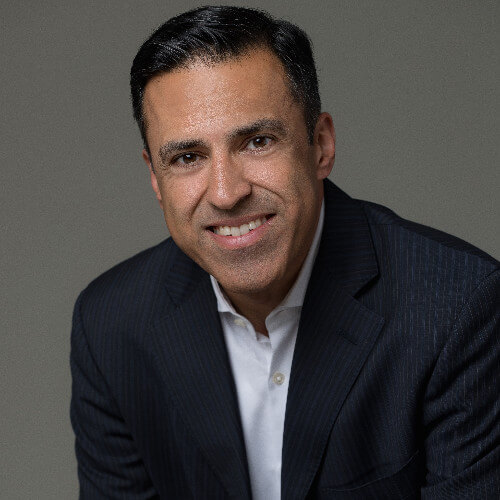Mar 9
2019
Medicine Needs Disrupting: Why Doctors Are Just the Ones To Do It
By Samant Virk, MD, CEO and co-founder, MediSprout.

Ask a doctor why he or she decided to go into the field of medicine and their answers vary. Many want to help people and they have personal stories like a sick parent that motivated them to become a physician. Others may come from a long line of doctors in their family and it’s a real point of pride. But, one thing is very clear, you likely won’t find a doctor who answers that question with, “So I could deal with insurance companies or get great at filling out the electronic health record (EHR).”
The cold truth is that in 2019 doctors spend more time filling out paperwork, playing phone tag, navigating federal and state mandates, and dealing with medication authorizations than they do helping their patients. Doctors spend only a fraction of their time actually building a better doctor/patient relationship and treating people. It’s hard to pinpoint when the doctor/patient relationship inextricably changed. But it’s estimated that doctors today spend just 27 percent of their time with patients.
Perhaps the biggest disappointment in healthcare is technology. We’ve all heard the “Oh how wonderful this new system is, it will change your world and healthcare for the better.” Rather than help us be better doctors who are able to assist a greater number of patients more effectively, it has created barriers and reduced our impact, interfering with one of the most essential parts of healthcare in which we were trained — communicating with our patients.
That’s because the technology is actually designed to reduce costs by leveraging data collected from government-mandated EHR rather than toward actually making patients feel better by addressing their medical needs.
Just like Uber disrupted the taxi industry and fintech is disrupting financial services, our practices need disrupting, too. And I believe it should be an inside job. Start-ups with 20-something computer geniuses are clearly brilliant, but the start-up model of launch, fail, re-launch won’t work for doctors. In healthcare, there is little room, or tolerance, for error.
That’s why doctors are just the ones to disrupt the medical industry. Only doctors can take back control of the doctor/patient relationship so they can spend more time face-to-face to better connect and understand what the patient needs, but at the same time manage the business of their practices too, including increasing billable time and streamlining their practice. Embracing technology that can help patients makes sense and it’s only natural that doctors bridge the gap by becoming entrepreneurs in their own practice. A better understanding of virtual care is a good place to start.
Technology that makes sense
I think the most promising next step in re-establishing that doctor/patient relationship and maximizing the time of the physician is to implement a telehealth solution. There are now solutions that are free to the physician, simple to implement, HIPAA compliant and easy for patients to use. V2MD by MediSprout is one such service that I created to allow patients and doctors to connect remotely — born out of complete frustration around the disconnect between my desire to help patients and provide better care and the requirements of all the other elements of the job.
With telehealth solutions, doctors and patients can stay connected between visits through conveniently scheduled video visits, bringing more regular interaction to the day-to-day topics of test results, prescription changes, treatment clarifications, and health updates. This allows for proactive care rather than reactive assistance where we can address patients questions/concerns when they happen rather than just the few minutes in an exam room days or weeks afterward.
While televisits focus on human interaction, they also focus heavily on data — blood pressure, heart rate and body temperature, for instance — by connecting with medical devices that allow patients to collect data at home and share it during the video visits. The connected devices transfer data electronically, freeing providers from documenting so they can focus their attention on the conversation, allowing them to link data with how the patient feels — both critical components of assessment —to better understand the action they need to take.
Video visits can turn call–backs and follow-ups into billable time, allowing doctors to help more patients while generating revenue for our practices. The technology is designed to reduce phone tag because video calls can be scheduled at times that are convenient for both patients and providers, including off-hours or during missed appointment slots. Scheduled televisits create efficiencies in our practices by helping us address simpler needs of patients quickly, efficiently—in a way that strengthens relationships and is rewarding for providers and more satisfying for patients—and free us to spend more in-office time with patients with more complex needs who need us the most.
Technology is changing our world. But technology doesn’t have to be cold and impersonal, driven only by government and insurance mandates, financial incentives and data. Technology done right – and by the right people – can provide the best care in a way that drives the needs of doctors and helps patients. After all, helping patients is why we’re all here in the first place.